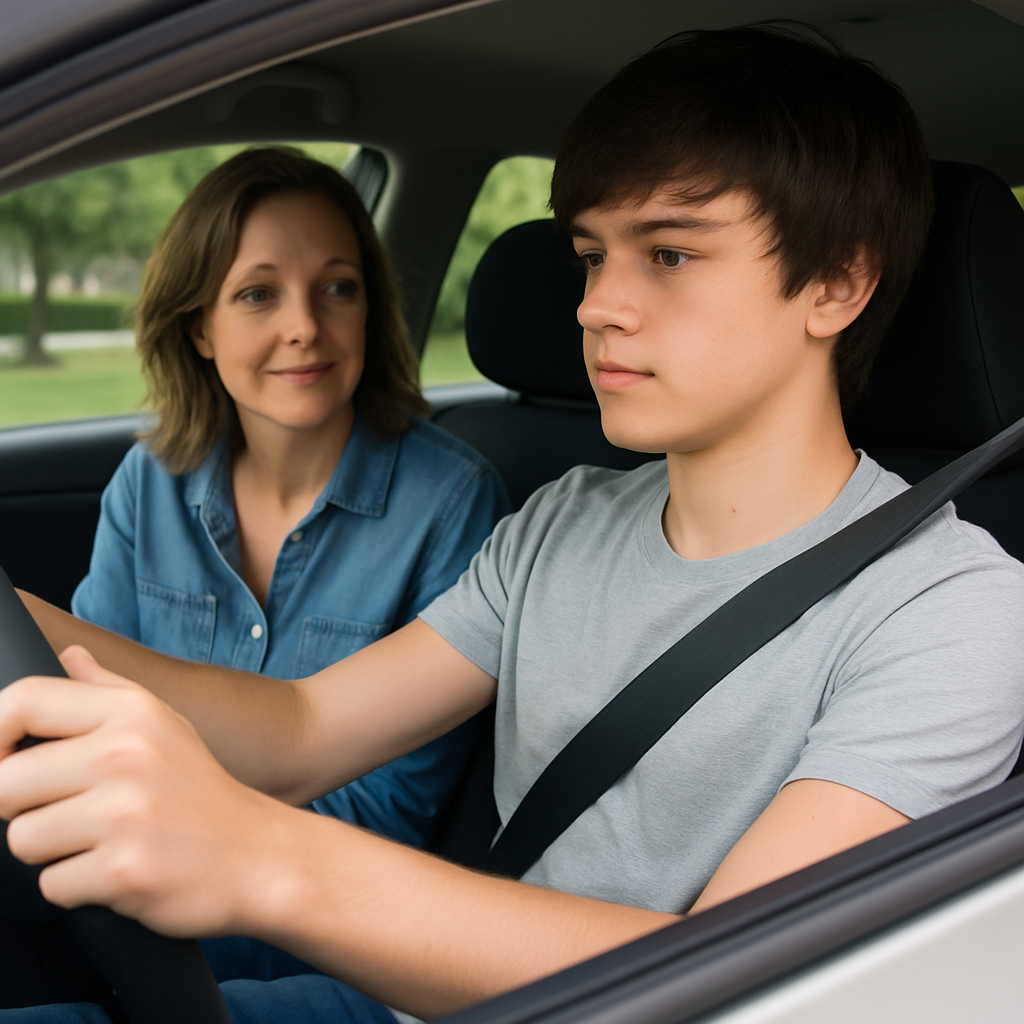Helping your teen become a responsible driver goes beyond passing a test—it’s about developing lifelong habits rooted in safety, awareness, and sound judgment. As a parent, your guidance plays a key role in preparing them for real-world driving situations. With patience and consistent practice, you can instill habits that will protect you and others on the road. It’s not just about teaching rules, but also about building confidence and decision-making skills. Together, these efforts set the foundation for safe driving long into adulthood. Learn more about vehicles with safe driving features and resources that support your teen’s journey.
Table of Contents
The Importance of Seat Belt Use
Wearing a seat belt is the simplest way to stay safe, yet teens often skip it on short trips. Start by setting the example and reinforcing that this habit should be automatic, regardless of distance. Remind them that most accidents occur near home, where seat belt use is often overlooked. Stress that seat belts drastically reduce the chance of serious injury in a crash. Encourage consistent use until it becomes second nature, even when riding with friends who may not buckle up.
Avoiding Distracted Driving
Texting, eating, or even adjusting music can be deadly. Encourage your teen to silence their phone and prep everything before driving—and don’t overlook how passengers can also distract. Remind them that taking their eyes off the road for a few seconds can have life-threatening consequences. Establish a rule that driving requires full attention, no exceptions. Help them practice staying focused by limiting multitasking and encouraging mindfulness while behind the wheel.
Understanding the Dangers of Impaired Driving
Explain that impairment includes more than alcohol—it can mean fatigue or medication, too. Make sure your teen knows they can always call you instead of risking a drive under the influence. Encourage them to plan when attending events where alcohol or late nights are involved. Teach them to recognize when they are too tired or unfit to drive safely. Reinforce that being responsible sometimes means choosing not to drive at all.

Adhering to Speed Limits
Teach your teen that speeding doesn’t save time—it increases risk. Emphasize the importance of driving based on weather, road conditions, and visibility, not just the posted limit. Share real examples or statistics that highlight the dangers of speeding. Help them understand that accidents at higher speeds are often more severe and less survivable. Remind them that arriving a few minutes later is always better than not arriving at all.
Practicing Defensive Driving
Help them understand how to anticipate hazards and stay calm under pressure. Defensive driving means thinking ahead and reacting wisely to others’ mistakes, not just following the rules. Teach them to maintain a safe following distance and scan their surroundings constantly. Encourage patience, especially in heavy traffic or stressful situations. The ability to remain composed is what separates cautious drivers from reckless ones.
Leading by Example: How Parents Shape Driving Habits
The habits teens see at home shape their behavior on the road. Buckle up, stay focused, and explain your driving choices out loud to turn every trip into a learning moment. Your example is often more powerful than your words. Avoid texting, aggressive driving, or rolling through stops, as teens quickly mirror what they observe. Show them that safe driving is not negotiable but a consistent responsibility. In doing so, you reinforce trust and accountability.
Building Confidence for a Lifetime of Safe Driving
Preparing teens for safe driving involves a combination of education, practice, and trust. By reinforcing safe habits like buckling up, avoiding distractions, respecting speed limits, and staying alert, teens develop the skills to navigate any driving situation. Consistent guidance and examples will help them become responsible, confident drivers who prioritize safety. Encourage regular practice in different driving conditions to build adaptability. Celebrate small milestones to boost their confidence and independence. Over time, they’ll become capable drivers with safety-first habits wherever they go.


